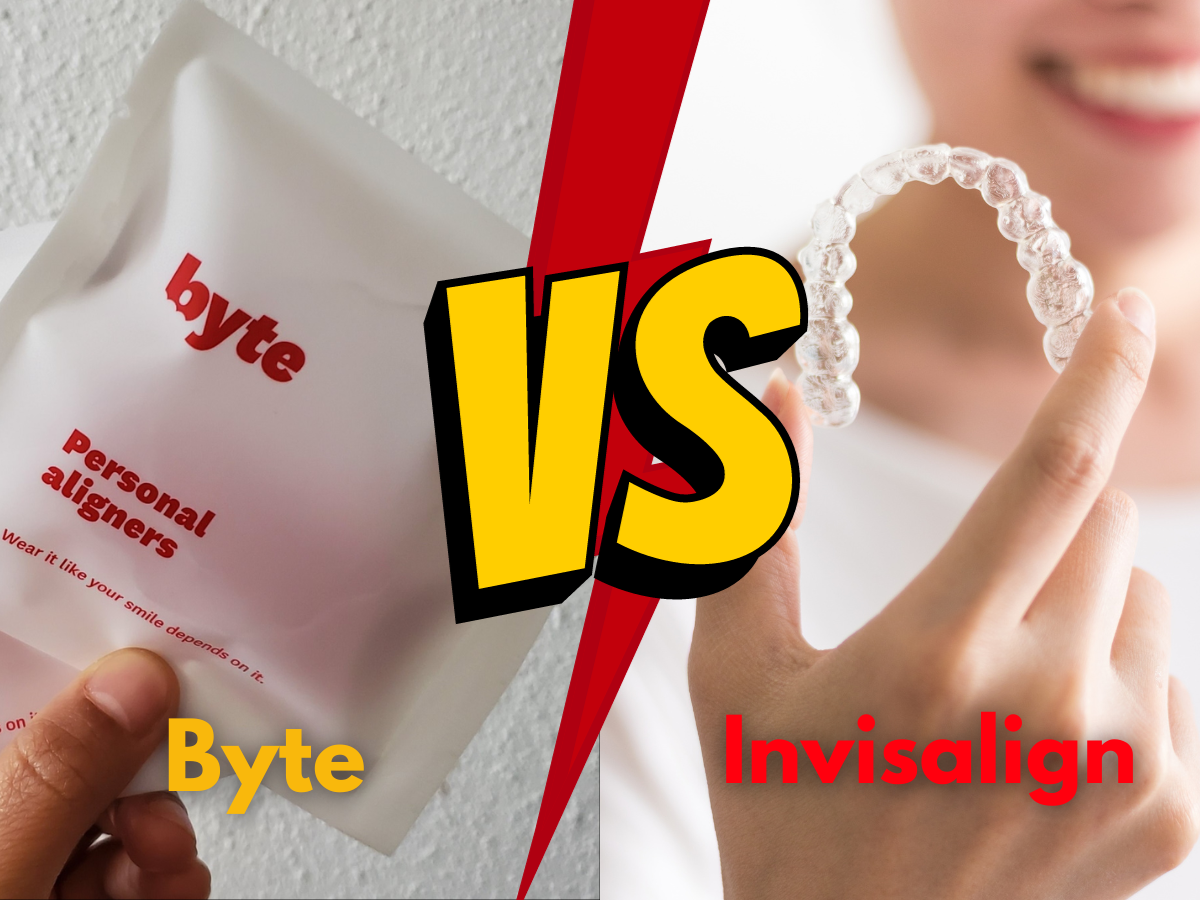Having a straight, healthy smile is a goal many individuals aspire to achieve. In recent years, advancements in orthodontic technology have provided alternatives to traditional braces, one of the most popular being Invisalign with insurance. Invisalign offers a discreet and convenient way to straighten teeth using clear, removable aligners. However, a common query among those considering Invisalign treatment is whether it’s covered by insurance. Let’s delve into this subject to better understand the relationship between Invisalign with insurance and insurance coverage.
What is Invisalign?
Invisalign represents a breakthrough in orthodontic technology, employing a sophisticated approach to teeth straightening. Unlike conventional braces, Invisalign aligners are made from a smooth, comfortable plastic material that eliminates the discomfort often experienced with metal brackets and wires. This unique construction also reduces the risk of oral abrasions and injuries that can occur with traditional braces.
The process of Invisalign treatment involves a series of custom-made aligners that are specifically tailored to the patient’s dental structure. These aligners are engineered through advanced technology, such as 3D imaging, ensuring precise and gradual adjustments to the position of the teeth. This customization enhances the effectiveness of the treatment, providing a tailored solution that addresses an individual’s unique dental requirements.
The ability to remove Invisalign aligners for meals and oral hygiene practices is a significant advantage. This feature enables individuals to continue enjoying their favorite foods without the dietary restrictions often associated with traditional braces. It also simplifies the process of maintaining oral hygiene, as individuals can brush and floss their teeth without navigating around fixed braces, reducing the risk of plaque buildup and dental issues commonly associated with traditional braces.

The benefits of Invisalign include:
Aesthetics: The clear aligners are almost invisible, providing a more discreet option compared to traditional metal braces, particularly suitable for individuals who are self-conscious about wearing braces.
Comfort: The aligners are made of smooth plastic, reducing the discomfort and irritation commonly associated with wires and brackets of traditional braces.
Removability: Invisalign can be taken out for eating, drinking, brushing, and flossing. This feature allows for greater convenience and flexibility in maintaining oral hygiene compared to fixed braces.
Ease of Maintenance: Cleaning the aligners is simple, as they can be removed and cleaned separately. This contributes to better oral health during treatment.
Reduced Treatment Visits: In some cases, Invisalign requires fewer visits to the orthodontist compared to traditional braces, making it a more time-efficient option.
Does Insurance Cover Invisalign?
The coverage for Invisalign treatment largely depends on the specific dental insurance plan. Most dental insurance plans cover orthodontic treatments, including services like braces and aligners, but the extent of coverage, specifically whether Invisalign is included, varies widely within these plans.
Before commencing Invisalign treatment, it’s crucial to verify the coverage details with your dental insurance provider. Some dental insurance plans categorise Invisalign as a form of orthodontic treatment, thereby providing potential coverage. However, the extent of this coverage, such as the percentage covered or the maximum benefit, may differ significantly from plan to plan. It’s essential to carefully review your dental insurance policy to understand the specifics related to Invisalign coverage and potential out-of-pocket costs, particularly within the domain of dental insurance Invisalign coverage. This can help avoid any surprises and allow for better financial planning before beginning the treatment.
Steps to Determine Coverage
Navigating through insurance coverage for Invisalign can be complex, but a few steps can help clarify your situation:
Check Your Policy for Insurance: To learn more about the orthodontic procedures that are covered by your insurance, carefully review the policy pages.
See Your Supplier: For thorough details on orthodontic coverage, get in touch with your insurance company or, if the insurance is provided by your employer, the HR division.
Get Advice from an Orthodontist: Speak with an orthodontist prior to beginning any treatment. In addition to assisting with insurance coverage, they can help assess whether therapy is necessary.
Examine Your Options for Payment: Many orthodontic practices provide financing or payment plans in order to make Invisalign more affordable if your insurance does not cover the prescription.
Factors Influencing Coverage
Kind of Insurance Plan: There are many different kinds of dental insurance plans, including PPOs and HMOs. The amount that each plan will pay for orthodontic procedures, such as Invisalign, may differ significantly within the realm of invisalign with insurance.
Age Restrictions: Invisalign and other orthodontic procedures are sometimes covered by insurance plans, but only for a limited age range—usually children or teenagers—specifically concerning coverage related to invisalign with insurance.
Pre-authorization and Waiting Periods: Before paying for orthodontic procedures, including Invisalign, some insurance plans may require pre-authorization or impose waiting periods, particularly in the context of invisalign with insurance.
In-Network Providers: Visiting an in-network provider may result in improved coverage under certain insurance plans, especially concerning invisalign with insurance. To maximise coverage, make sure the Invisalign supplier of your choice is in your insurance network for a more seamless experience with insurance coverage.
Tips for Maximising Insurance Coverage
While navigating through the details of your insurance policy, here are a few tips that might help maximise your coverage:
Select Providers Within the Network for Invisalign with Insurance: For Invisalign treatments received from in-network doctors, some insurance plans may give better coverage. A dentist in your insurance network is a good option to consider for Invisalign treatment.
Record the Need for Invisalign with Insurance: If dental health problems make orthodontic treatment necessary, record the need and let the insurance company know. Your chances of obtaining coverage for Invisalign may increase as a result.
Observe Pre-Approval Procedures for Invisalign with Insurance: Prior to beginning orthodontic treatment, some insurance plans may need pre-authorization or pre-approval for Invisalign. To prevent any coverage concerns related to Invisalign with insurance, make sure you complete these steps.
Keep an eye out for Waiting Periods for Invisalign with Insurance: Prior to orthodontic coverage starting, some insurance plans may have waiting periods. Plan ahead of time for Invisalign with insurance by being mindful of these waiting periods.

Invisalign offers a modern and discreet solution to achieve a straighter smile, but the question of insurance coverage for Invisalign remains a significant concern for many individuals. While some insurance plans provide coverage for orthodontic treatments, including Invisalign, the extent of coverage varies widely among policies. It’s crucial to carefully review your insurance plan and consult with your provider and an orthodontist to understand the coverage available for Invisalign with insurance and the steps to navigate the process effectively.
Ultimately, it’s recommended that individuals interested in Invisalign treatment thoroughly investigate their insurance policy, consult with their provider, and discuss available options with their orthodontist to determine the most viable and cost-effective path towards achieving a straighter, healthier smile.


